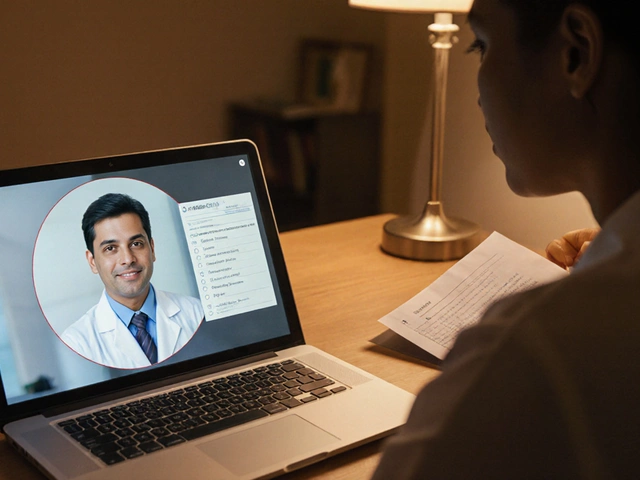Common Cancers in India – Types, Signs, and Early Detection
Did you know cancer is the second leading cause of death in India? Knowing which cancers show up most often can save a lot of worry and time. Below you’ll find quick facts about the top cancers, what to look for, and how to catch them early.
Top cancers you’ll hear about
Breast cancer tops the list for women. A lump, skin dimpling, or nipple change are the red flags. Regular self‑checks and mammograms after 40 dramatically improve outcomes.
Lung cancer is the deadliest overall, mainly because many people ignore early signs. A persistent cough, chest pain, or shortness of breath deserves a doctor’s look, especially for smokers and people exposed to polluted air.
Oral cancer is surprisingly common in India because of tobacco chewing and smoking. Look for non‑healing sores, red or white patches, or bleeding gums. A quick oral exam can spot trouble before it spreads.
Colorectal cancer often starts with vague stomach upset. Blood in the stool, sudden weight loss, or a change in bowel habits should trigger a colonoscopy screening, at least after 45 years old.
Cervical cancer affects many women, but a simple Pap test can catch precancerous changes early. Regular screening every three years is a lifesaver.
Prostate cancer is common in men over 50. Difficulty urinating, blood in urine, or pelvic pain are clues. A PSA blood test and a digital exam can spot it early.
Blood cancers like leukemia and lymphoma often hide behind fatigue, frequent infections, or bruising. Blood tests and bone‑marrow checks catch them before they get out of control.
Spot the signs early
Most cancers sneak in with vague symptoms that look like everyday aches. The trick is to notice when something sticks around longer than usual. A cough lasting more than three weeks, a sore that won’t heal, or unexplained weight loss are all warning lights.
Screening isn’t just for people with a family history. Age‑based programs—mammograms, Pap tests, colonoscopies—reduce death rates because they find tumors when they’re still tiny. Talk to your doctor about which tests fit your age and lifestyle.
Living a healthy life also cuts risk. Quit smoking, limit alcohol, eat plenty of fruits and vegetables, and stay active. These steps won’t guarantee you’ll never get cancer, but they lower the odds and help your body fight any cells that go rogue.
When you see a symptom that feels off, trust your gut. A quick doctor visit, a simple test, and you’re often already ahead of the game. Early catch means easier treatment, fewer side effects, and a better chance of getting back to your normal routine.
Use this page as a starter guide. Dive into the individual articles on breast cancer, lung cancer, oral cancer, and more to learn specific diets, treatment options, and survivor stories. The more you know, the quicker you can act—and that’s the best defense against any disease.

Understanding the Root of 90% of All Cancers
Most cancers fall into a handful of common types, driven by factors like lifestyle, genetics, and environmental exposures. Understanding what's behind these prevalent forms can empower you to take preventive steps. This article breaks down the predominant kinds of cancer, highlights lifestyle choices that elevate risk, and shares practical tips for reducing personal susceptibility.




